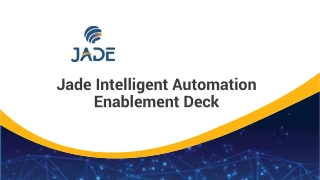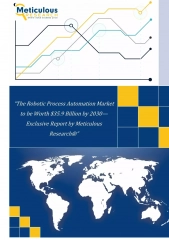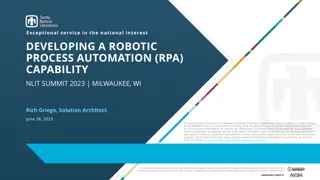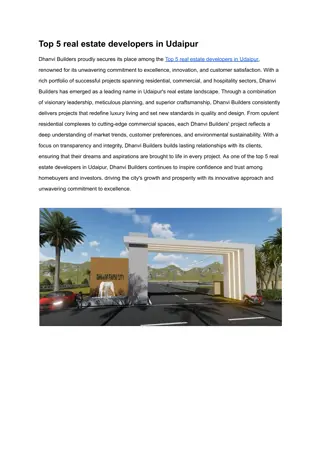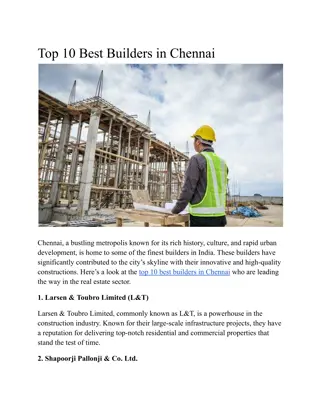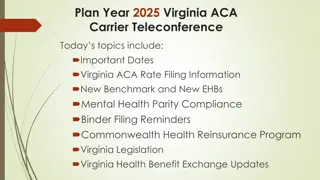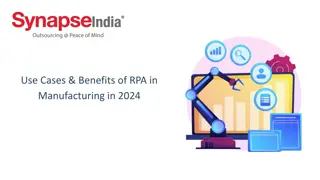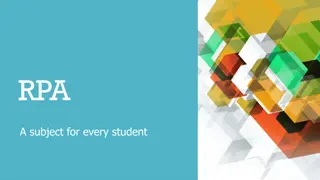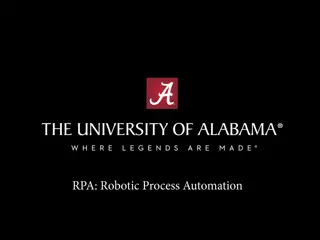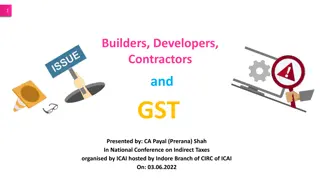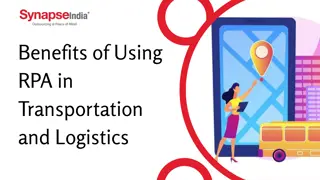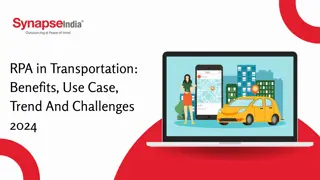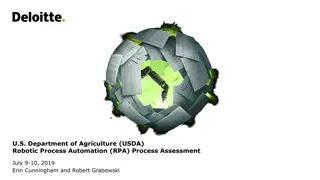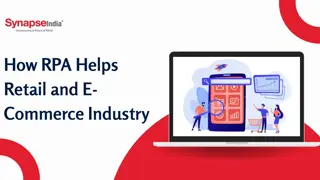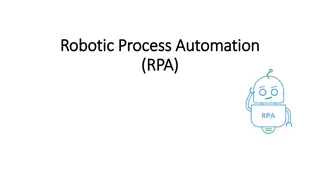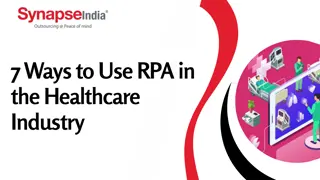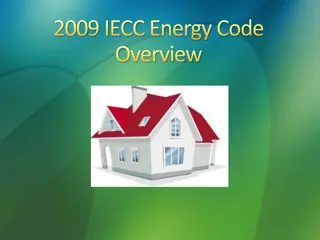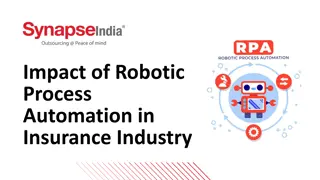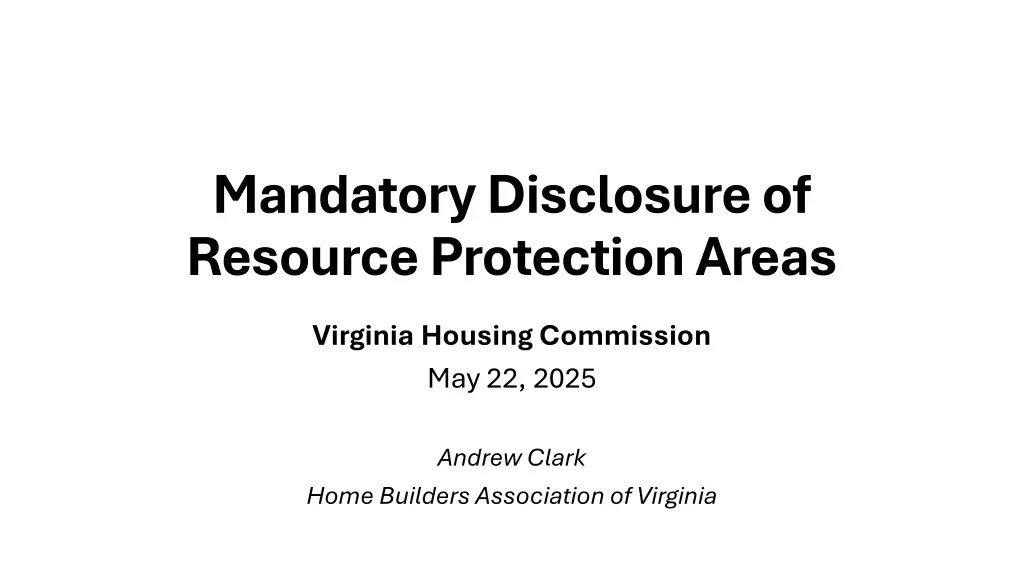
Land Use Controls and Resource Protection Areas in Virginia
Learn about the Chesapeake Bay Preservation Act and Resource Protection Areas in Virginia, which aim to manage water quality and regulate development near water bodies. Discover the enforcement of RPAs, common violations, challenges, and strategies to minimize unpermitted activities within these sensitive areas.
Download Presentation

Please find below an Image/Link to download the presentation.
The content on the website is provided AS IS for your information and personal use only. It may not be sold, licensed, or shared on other websites without obtaining consent from the author. If you encounter any issues during the download, it is possible that the publisher has removed the file from their server.
You are allowed to download the files provided on this website for personal or commercial use, subject to the condition that they are used lawfully. All files are the property of their respective owners.
The content on the website is provided AS IS for your information and personal use only. It may not be sold, licensed, or shared on other websites without obtaining consent from the author.
E N D
Presentation Transcript
Mandatory Disclosure of Resource Protection Areas Virginia Housing Commission May 22, 2025 Andrew Clark Home Builders Association of Virginia
Chesapeake Bay Preservation Act Authorized local governments to manage water quality using land use controls Requires designation of Chesapeake Bay Preservation Areas regulating the use, development, and redevelopment of environmentally sensitive land Resource Protection Areas (RPAs): Land adjacent to perennial water bodies streams, rivers, other waterways that drain into the Bay. A vegetated, undeveloped buffer that filters stormwater pollutants, reduces erosion and flooding, and improves water quality.
Resource Protection Areas Activities within the RPA are heavily regulated and require local government approval. Local RPA maps are not based on site-specific, field verified features: Applicant or homeowner is often required to conduct a site-specific RPA delineation Water Quality Impact Analysis (WQIA),including mitigation, are required for land disturbance in the RPA.
Resource Protection Area Enforcement Common Violations: Unauthorized removal of trees or vegetation within the 100-foot RPA buffer Unpermitted grading, fill, or clearing activities within designated RPAs Construction or accessory structures without prior approval (e.g., patios, sheds, retaining walls) Penalties and Remedies Civil penalties Stop-work orders; permit revocation Mandatory restoration plans
RPA Enforcement Challenges Complaint-Driven: Enforcement typically triggered by citizen reports reactive, not preventive. Case-by-Case & Labor Intensive: Each violation requires site inspections, documentation, and staff coordination. Limited Local Capacity: Many localities lack dedicated staff for proactive RPA monitoring or education.
Strategies to Minimize Unpermitted Activity Within the RPA Industry Education: Limited Impact: Licensure exam changes are unlikely to influence bad actors many violations stem from small or out-of-state contractors who avoid permits, undercut competitors, and leave before enforcement occurs. Mid- to large-scale developers retain consulting firms to manage environmental compliance Disclosure: Residential Property Disclosure Act (Virginia Code 55.1-703) Mandatory Disclosure
Annual RPA Notices to Homeowners Option 1: Real Estate Tax Bill Notice: Require localities to include a standardized RPA notice on annual real estate tax bills. The notice would alert property owners to the presence of an RPA and direct them to local resources for mapping, restrictions, compliance requirements, and penalties Option 2: Assessment Notice Disclosure: Permit localities to include the same standardized RPA notice on annual property assessment notices. In jurisdictions with annual reassessments, this provides equivalent reach using an existing communication channel.
Annual RPA Notices to Homeowners Improves Long-Term Awareness Reinforces property owner knowledge of RPA presence and restrictions beyond the point of sale. Targets the Responsible Party Directly notifies the legal landowner the party accountable for compliance. Low-Cost, High-Impact Uses existing local government communication to deliver critical information with minimal administrative burden.

